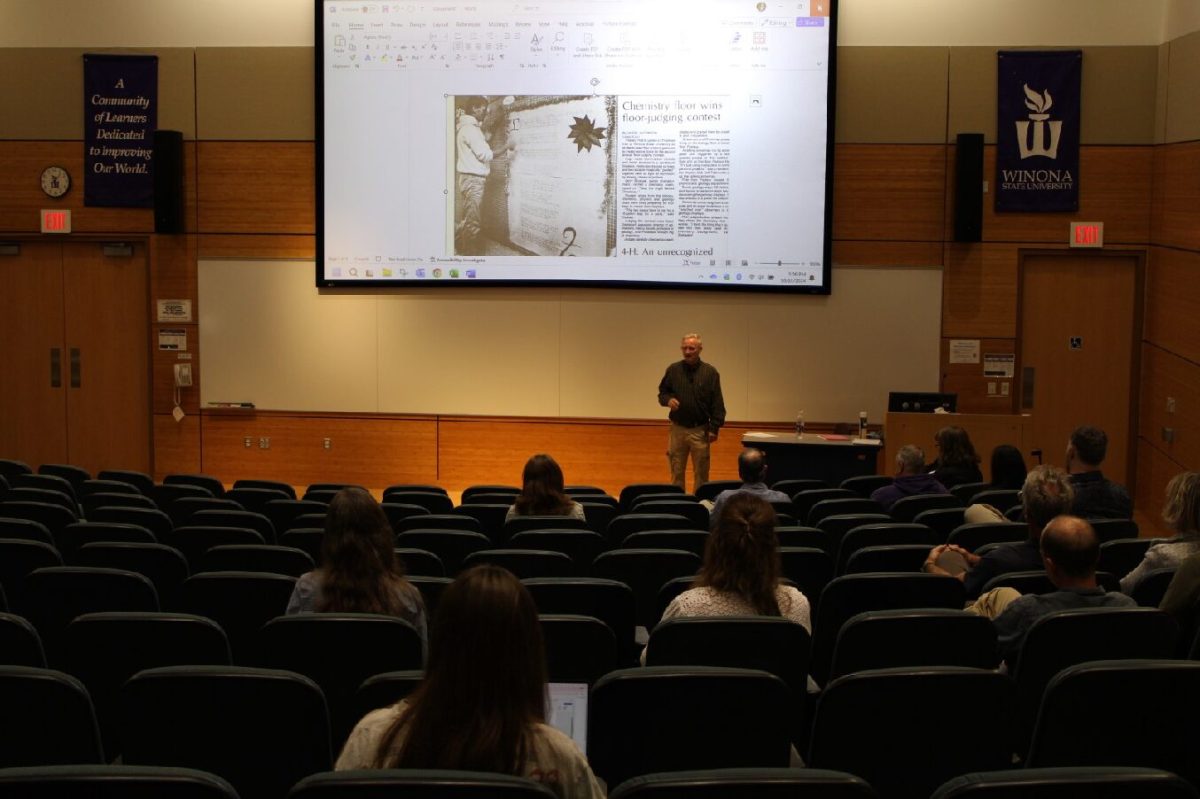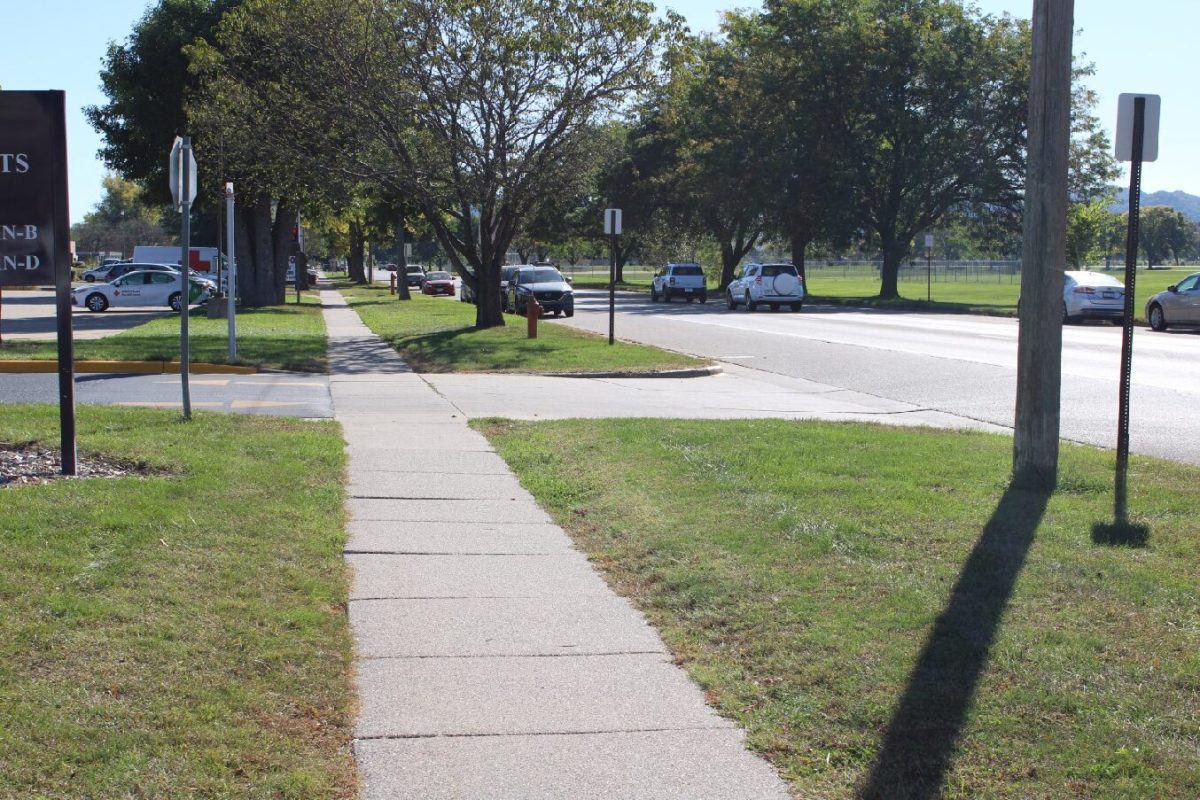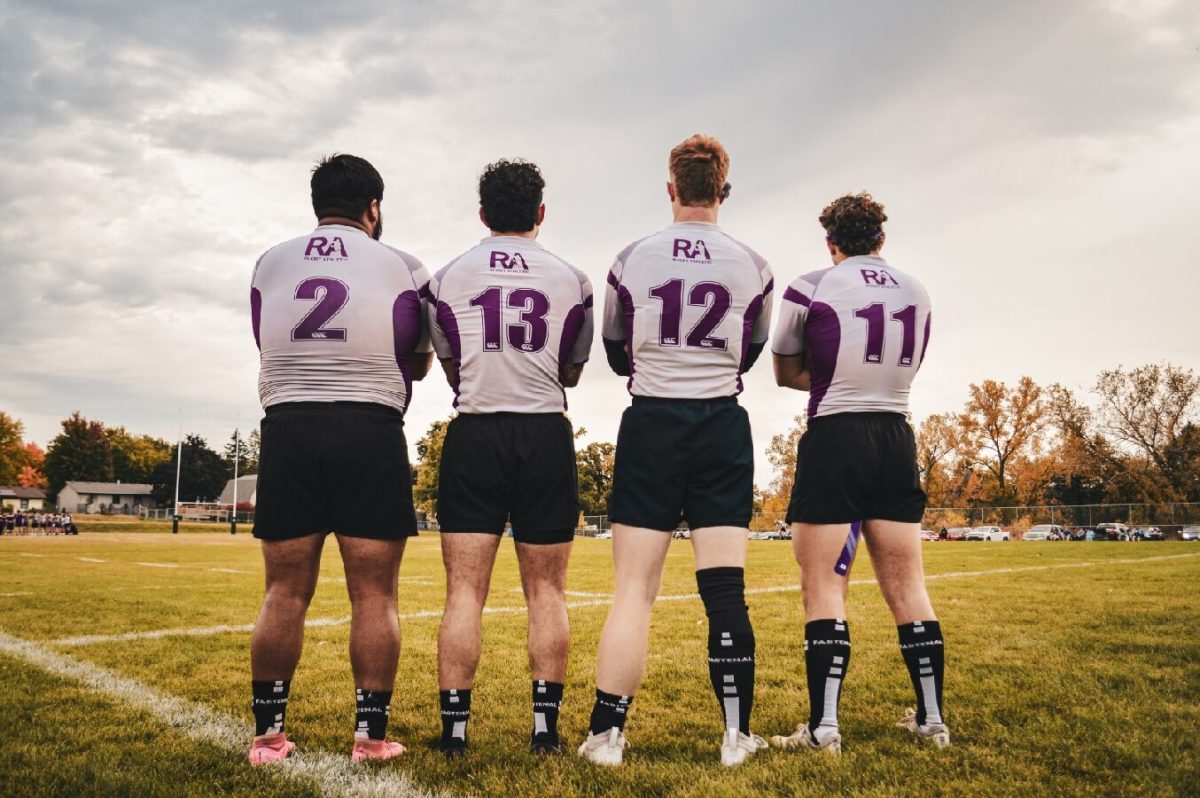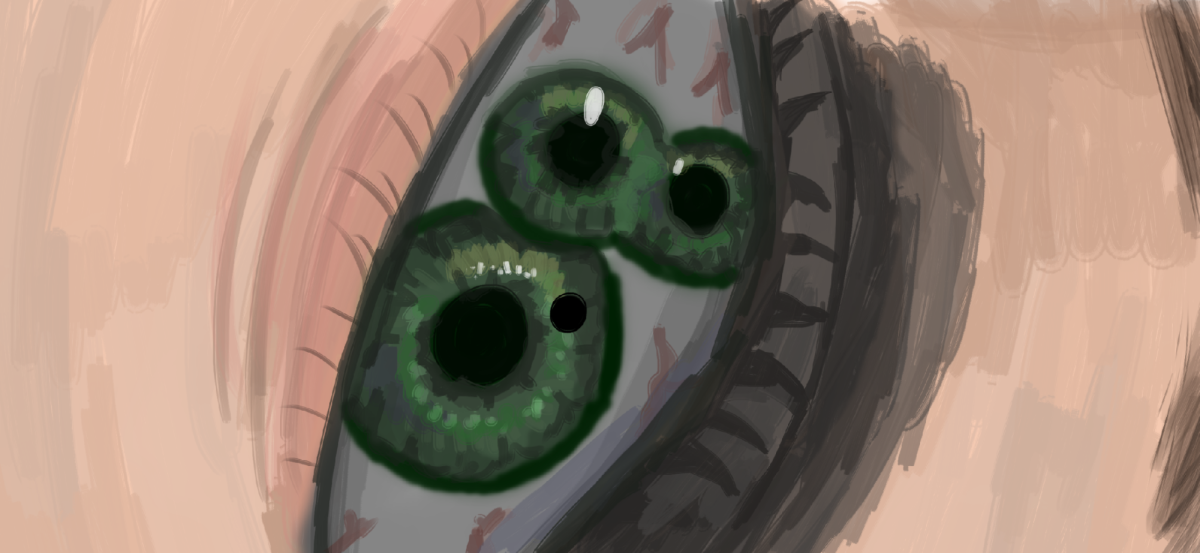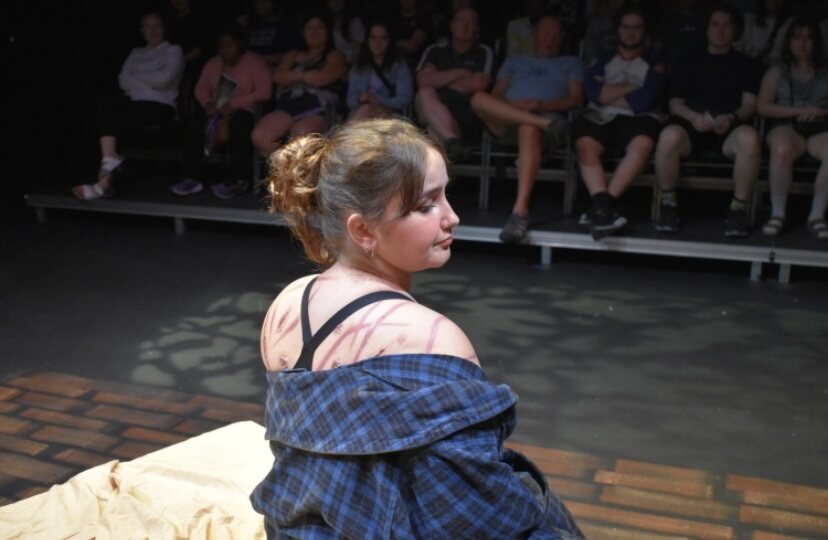TV Review: “Dahmer – Monster: The Jeffrey Dahmer Story”
November 2, 2022
Halloween brings countless questionable Halloween costumes; cultural appropriation is its own issue, but a recurring problem in years past has been costumes of real life criminals. With the new Netflix show, “Dahmer – Monster: The Jeffrey Dahmer Story”, a new wave of these costumes is expected to be seen this year.
According to Netflix, “Dahmer – Monster” is the second most watched English series on Netflix within the first 28 days of streaming. With over 856,000,000 hours viewed in that time, Netflix users all over the world are watching the series of events in Dahmer’s life through the lenses of victims, victims’ families and other out and insiders.
Netflix has seen narrative adaptations of real-life criminal events in the past, such as “Extremely Wicked, Shockingly Evil and Vile” starring Zac Efron, “My Friend Dahmer” starring Ross Lynch, among others. The problem with these shows is arguably not the content itself, but the way the content is produced and arranged; rather than a nonfiction account of these real-life events by real people, well-known actors are paid to act out the events in a narrative manner.
Despite the negative feelings and discomfort that “Dahmer – Monster” elicits in audiences, there are several problems with the series and subsequent reactions to such. I think it is important to acknowledge right away that according to multiple news sources, the families of Dahmer’s victims were not contacted prior to the filming and production of the show. Considering the accuracy of settings and characters and the perspectives of victims, it is expected that families would be upset with potential retraumatization and negative attention.
The accuracy of the show’s settings, particularly Dahmer’s apartment, point to both the effort put into by set designers and the potential issues that could arise. Dahmer’s apartment in Dahmer: Monster is set up very specifically like his real life apartment back in 1990. Down to the photos on the wall, a fan on the floor, the lamps and other objects, every little detail of the apartment looks exactly the same as the original crime scene photos taken after Dahmer’s arrest.
This goes hand-in-hand with the casting of the characters, which is arguably the biggest issue. Each character, from Dahmer and his family members, to victims and their family members and other outsiders are casted to look extremely close to the real life people who were involved. Side by side photos show these similarities, even down to the clothing of some individuals.
I think it’s important to acknowledge the fact that Dahmer was arrested less than forty years ago, so many of the people involved are still alive and now have the ability to watch a carbon-copy of their loved one get brutally murdered on screen in a carbon copy of Dahmer’s 1990 apartment.
The seventh episode specifically covered the death of Tony Hughes, a 31-year-old man who was deaf. The episode is set completely in his point of view, with the sound of the show cutting out at some points to show how he perceived what was happening around him. This episode was, in my opinion, one of the hardest to watch and consume, especially because you see his family’s point of view throughout the time he went missing until the time they found out how he died.
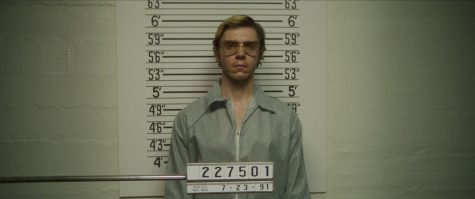
Tony Hughes was portrayed to be a wonderful human being on screen, and it was difficult not to feel for him and his family while watching how his unfortunate outcome came to be; if the show had taken the time to reach out to family members, asking permission to produce the show to raise awareness and bring the victims to light, this would have been a beautiful tribute to Tony and the Hughes family.
However, when hearing the reaction of Hughes’ mother, saying that it “didn’t happen like that” (according to The Guardian) and does not appreciate Netflix using their real names, it is hard to not feel rather disgusted for the family who is still around. This goes for all of the families, especially those whose family members who were shown on screen throughout the series.
Evan Peters as Jeffrey Dahmer presents its own issues, as casting a well-known and well-loved actor as a serial killer provides the potential for romanticization. This was also seen in the narrative Ted Bundy adaptation “Extremely Wicked, Shockingly Evil and Vile”, as past Disney star Zac Efron was casted as the serial killer who murdered upwards of twenty women between 1974 and 1978.
The point of view of Glenda Cleveland was a very interesting perspective that was covered, especially because she was not covered on the news much at the time of the arrest. Glenda Cleveland, Dahmer’s neighbor, had called authorities several times to say that Dahmer was eliciting suspicious and concerning behavior. Her calls were rarely met with a response, and if they were, police neglect was exhibited.
Systemic racism and homophobia in the police system, specifically in the 80s and 90s, was covered throughout the series; this is one of the points made in the show that really stuck with me and other audience members, as it caused many frustrated reactions to the actions of police officers, court judges and other members of authority.
Overall, “Dahmer – Monster” is ten hours of victim perspectives, families’ grief and trauma and gore upon gore. It is honestly kind of frustrating how impactful the cinematography was throughout the series when considering the negative impact this had on victims’ families.
I think if gone about respectively and properly, the show could have been a great opportunity to spread awareness regarding systemic racism and homophobia, the impact death can have on a family and the psychological impacts a serial killer can have on the area surrounding it.



